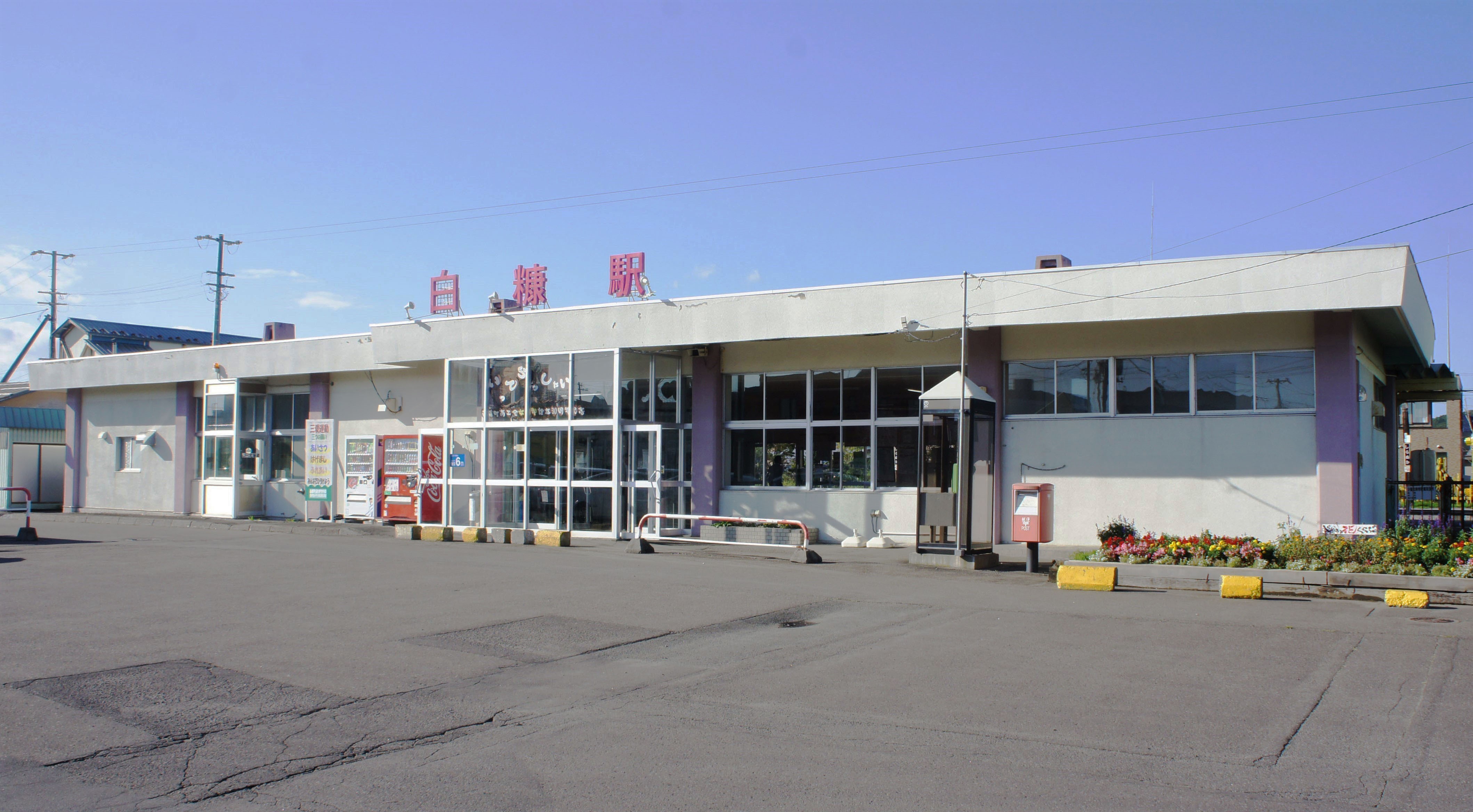|
K-47
K47 may refer to: * K-47 (Kansas highway) * , a Flower-class corvette of the Royal Navy * , a ''Veer''-class corvette of the Indian Navy * Keystone K-47 Pathfinder, an American airliner * Junkers K 47, a Swedish fighter aircraft * Potassium-47, an isotope of potassium * Shiranuka Station is a train station in Shiranuka, Shiranuka District, Hokkaidō, Japan Japan ( ja, 日本, or , and formally , ''Nihonkoku'') is an island country in East Asia. It is situated in the northwest Pacific Ocean, and is bordered on the west ..., in Hokkaido, Japan * ''Veni Sancte Spiritus'' (Mozart), by Wolfgang Amadeus Mozart {{Letter-Number Combination Disambiguation ... [...More Info...] [...Related Items...] OR: [Wikipedia] [Google] [Baidu] |
K-47 (Kansas Highway)
K-47 is an approximately state highway in the U.S. state of Kansas. It is an east-west route, and connects small towns and cities in southeast Kansas. K-47's western terminus is at the Fredonia city limits, just west of the intersection with U.S. Route 400 (US-400). The eastern terminus is US-69 in Franklin. Along the way, it intersects several major highways including US-75 in Altoona, US-59 south of Erie, and K-7 in Girard. With the exception of the cities K-47 passes through, the highway travels through rural farmland. K-47 was established as a state highway in 1928, to a highway that ran from Fredonia northeast to Buffalo. By 1929, it was extended east from Fredonia, through Altoona to modern day US-169 south of Chanute. By 1930, K-47 was truncated to end by Fredonia, with the former section between there and Benedict becoming a realignment of K-39. In 1937, K-47 was extended from Fredonia in a northwest direction, along the former alignment of K-96, through New Alb ... [...More Info...] [...Related Items...] OR: [Wikipedia] [Google] [Baidu] |
Keystone K-47 Pathfinder
The Keystone K-47 Pathfinder was an airliner developed in the United States in the late 1920s, built only in prototype form. Design and development The Pathfinder was an attempt by the Keystone Aircraft Corporation to develop a civil transport version of the successful series of bombers that it was producing for the United States Army Air Corps as the LB-5 and its derivatives. Like them, it was a conventional biplane design with engines mounted in nacelles on the lower wing, but also added a third engine, mounted on the nose (as the single engine of the LB-1 had been). A passenger cabin with seating for ten was added to the fuselage. The first Pathfinder (registered NX179) was chosen by US Navy pilots Noel Davis and Stanton Wooster for their attempt at the Orteig prize to cross the Atlantic. The standard Liberty engines were replaced by Wright J-5s of approximately half their power. Painted yellow, the aircraft was named ''American Legion'' after the sponsors of the attempt. On ... [...More Info...] [...Related Items...] OR: [Wikipedia] [Google] [Baidu] |
Junkers K 47
The Junkers K 47 was a two-seater fighter aircraft developed in Sweden by the Swedish subsidiary of the German firm Junkers during the late 1920s, a civil development of which was designated the A 48. Design and development Designed to meet a requirement of the Turkish government for a new fighter, the K 47 was a strut-braced, low-wing monoplane of conventional design. Two open cockpits accommodated the pilot and tail-gunner, and the empennage was designed with twin vertical surfaces to maximise the rearward field of fire. The main units of the fixed, tailskid undercarriage shared part of the truss structure that braced the wings. The design was originally undertaken by Karl Plauth, but completed after his death by Hermann Pohlmann. The aircraft had to be built at first in Sweden, because it was patently a military-type aircraft and therefore banned in Germany according to the terms of the Versailles Treaty. Operational history By the time the K 47 prototype was complete, ... [...More Info...] [...Related Items...] OR: [Wikipedia] [Google] [Baidu] |
Potassium-47
Potassium () has 26 known isotopes from to , with the exception of still-unknown , as well as an unconfirmed report of . Three of those isotopes occur naturally: the two stable forms (93.3%) and (6.7%), and a very long-lived radioisotope (0.012%) Naturally occurring radioactive decays with a half-life of 1.248×109 years. 89% of those decays are to stable by beta decay, whilst 11% are to by either electron capture or positron emission. has the longest known half life for any positron-emitter nuclide. The long half-life of this primordial radioisotope is caused by a highly spin-forbidden transition: has a nuclear spin of 4, while both of its decay daughters are even–even isotopes with spins of 0. occurs in natural potassium in sufficient quantity that large bags of potassium chloride commercial salt substitutes can be used as a radioactive source for classroom demonstrations. is the largest source of natural radioactivity in healthy animals and humans, gr ... [...More Info...] [...Related Items...] OR: [Wikipedia] [Google] [Baidu] |
Shiranuka Station
is a train station in Shiranuka, Shiranuka District, Hokkaidō, Japan Japan ( ja, 日本, or , and formally , ''Nihonkoku'') is an island country in East Asia. It is situated in the northwest Pacific Ocean, and is bordered on the west by the Sea of Japan, while extending from the Sea of Okhotsk in the north .... Lines * Hokkaido Railway Company ** Nemuro Main Line Station K47 Adjacent stations Railway stations in Hokkaido Prefecture Railway stations in Japan opened in 1901 {{Hokkaido-rail-station-stub ... [...More Info...] [...Related Items...] OR: [Wikipedia] [Google] [Baidu] |


